Transparency becomes the new norm

The product label
Transparency that enables circularity.
Joynn’s product label connects the entire supply chain – from manufacturer to consumer – with clear information that makes circular choices possible.
Because only with the right data can we truly produce and consume responsibly.
That’s why Joynn starts at the source: the manufacturer. Even before production begins, it’s clear how a product will be reused, recycled, or repurposed. Together, we create real impact.
Circular. Transparent. From origin to new purpose.
How it works
The product label
Providing comprehensive information about the sustainability and circularity of the product through the Joynn Index. The product label also indicates where it was manufactured, by whom, and highlights its social impact.
1 The product label
Social impact
Consumers can see how the product is connected to social impact, benefiting children, families, and local communities. The programs focus on scholarships, healthcare, and support for social housing.
2 Social impact
QR Voucher system
With the QR voucher system, consumers can track the money spent on social impact and see the effects it has on the next generation.
3 Follow the money
Consumer decision
A consumer will appreciate the product when they can see on what kind of social impact it attached to and how the money is spend. This will create more involvement and that their decision matters.
4 Consumer decicion
Circularity
To promote circularity, the product label offers information on various methods for recycling, reusing, upcycling, or repurposing the product. This information aims to encourage sustainable practices that help reduce waste in our communities.


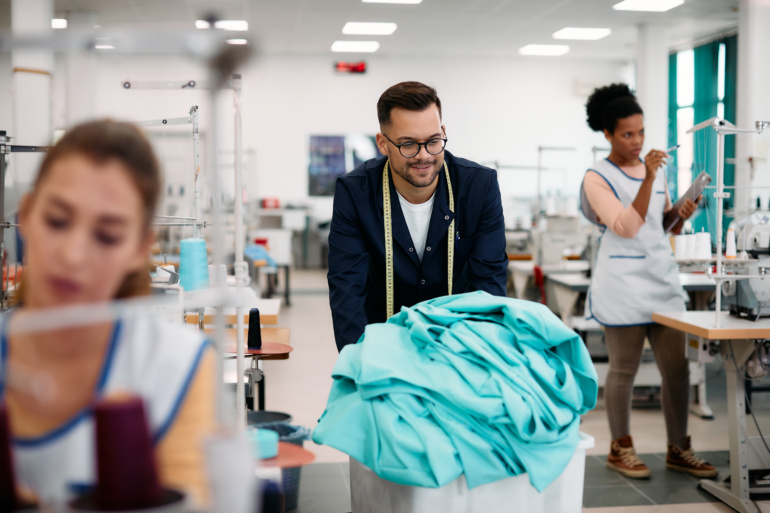
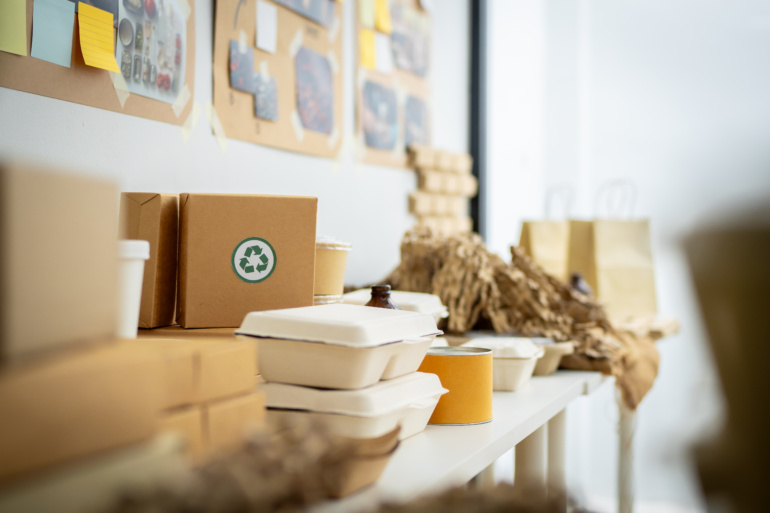
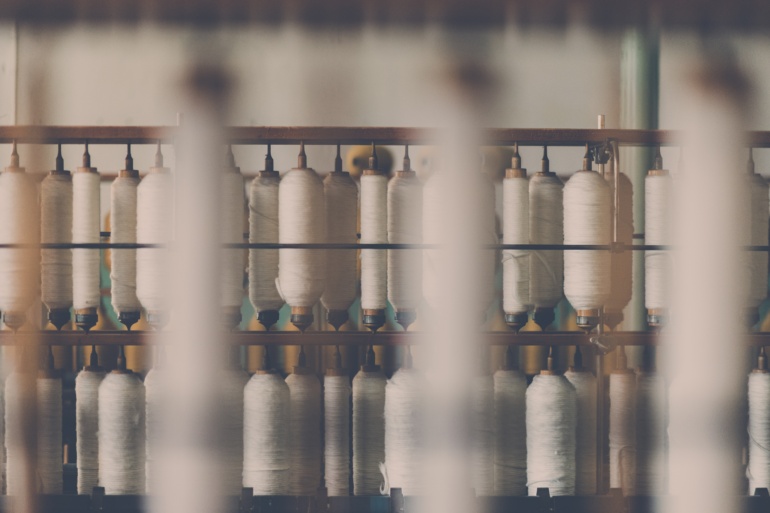
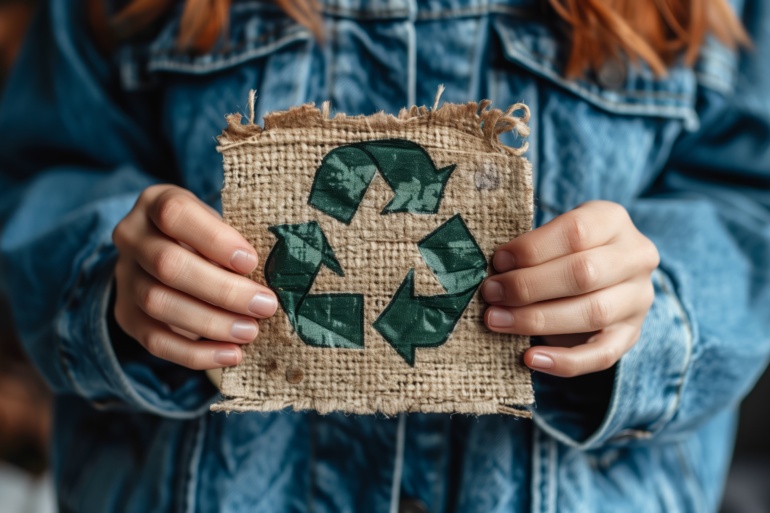
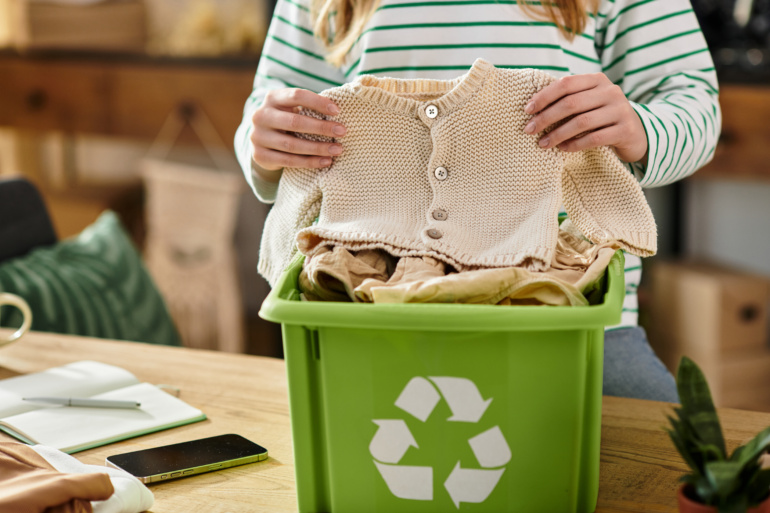
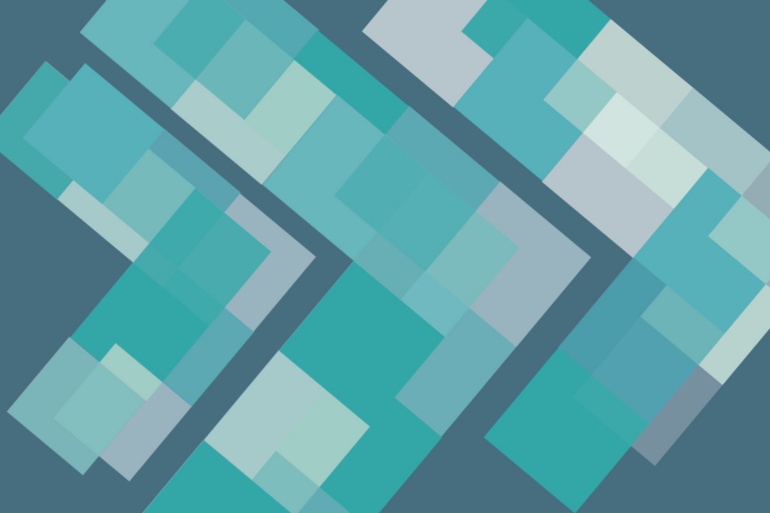
The supply chain
Manufacturers
Brands
Wholesale
Retail
Companies
Consumers